
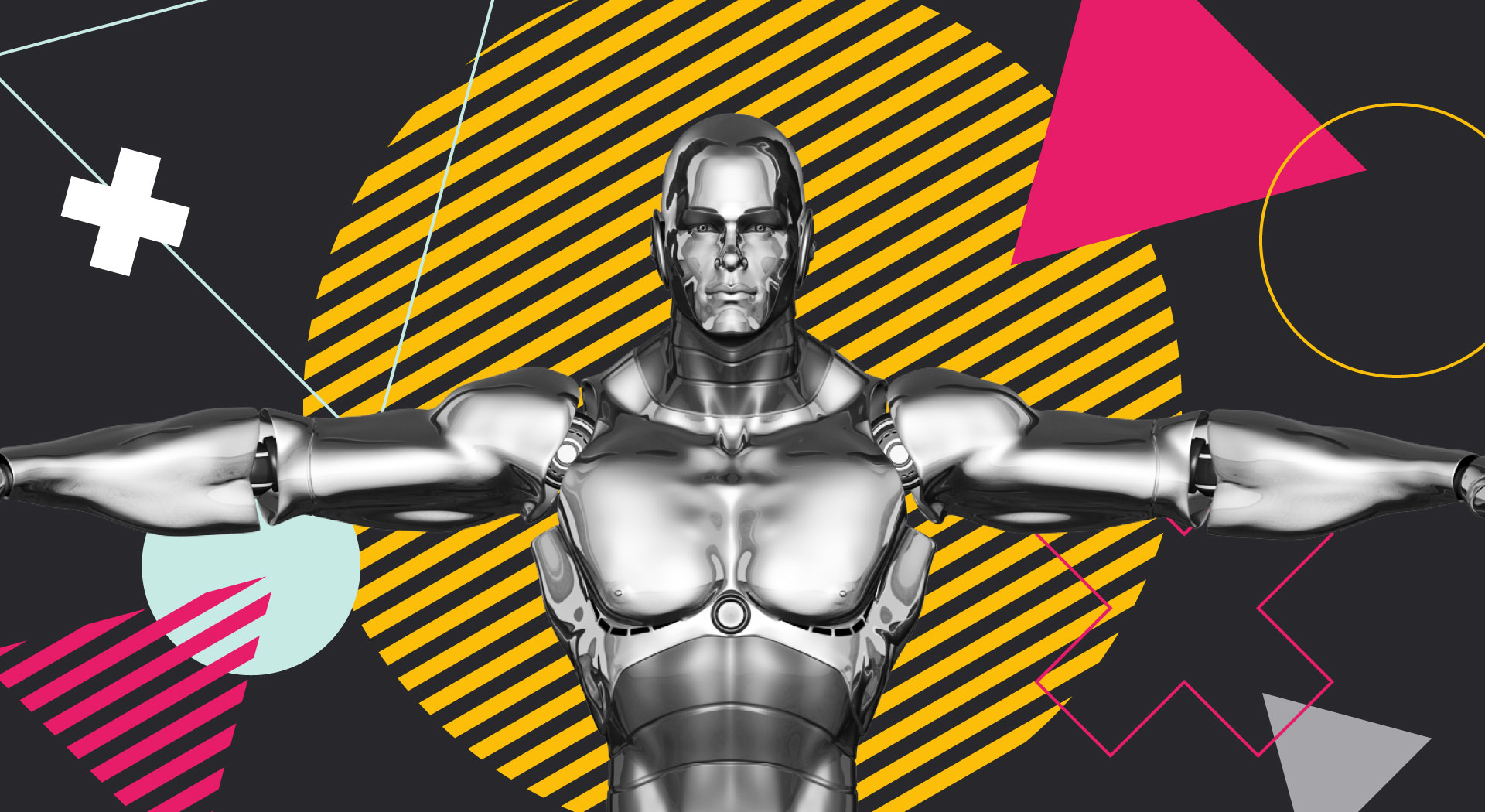
We've all seen sci-fi movies where humans are replaced with and even threatened with extinction at the hands of intelligent machines. Even if we reduce our panic level and realise we're not living within the Terminator franchise (hopefully not yet, at least!), and look back to see how technological advancement has changed things historically, we can see that it tends to herald loss of jobs and redefinition of human roles. But what does AI mean for graphic design today?

Revolution
Being a creative field driven by innovation, graphic design has not been immune to AI's transformative touch. Today, designers have access to an array of AI-powered tools that augment the creative process, enabling us to accomplish tasks with greater efficiency and precision. These tools include advanced image manipulation tools and colour palette generation.
The latest version of Photoshop includes a lot of AI powered tools, including the ability to automatically cut out images and generate new backgrounds. We're already using some of these tools at Studio Bifrost, where needed.
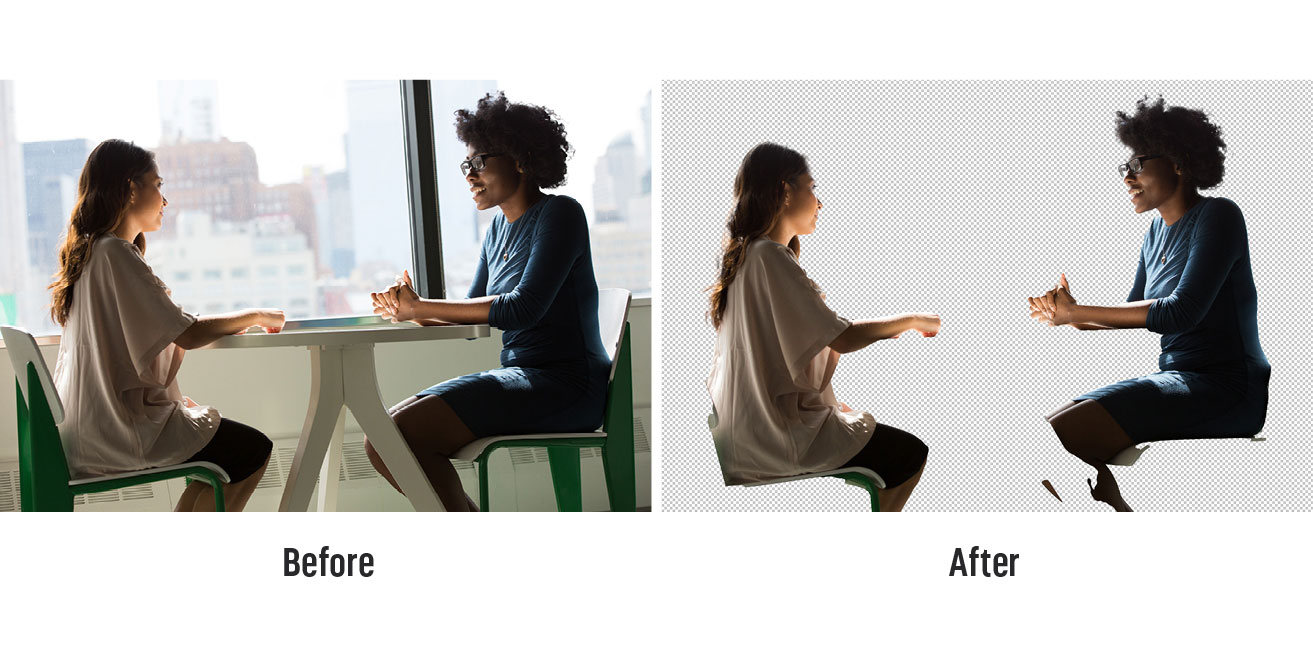
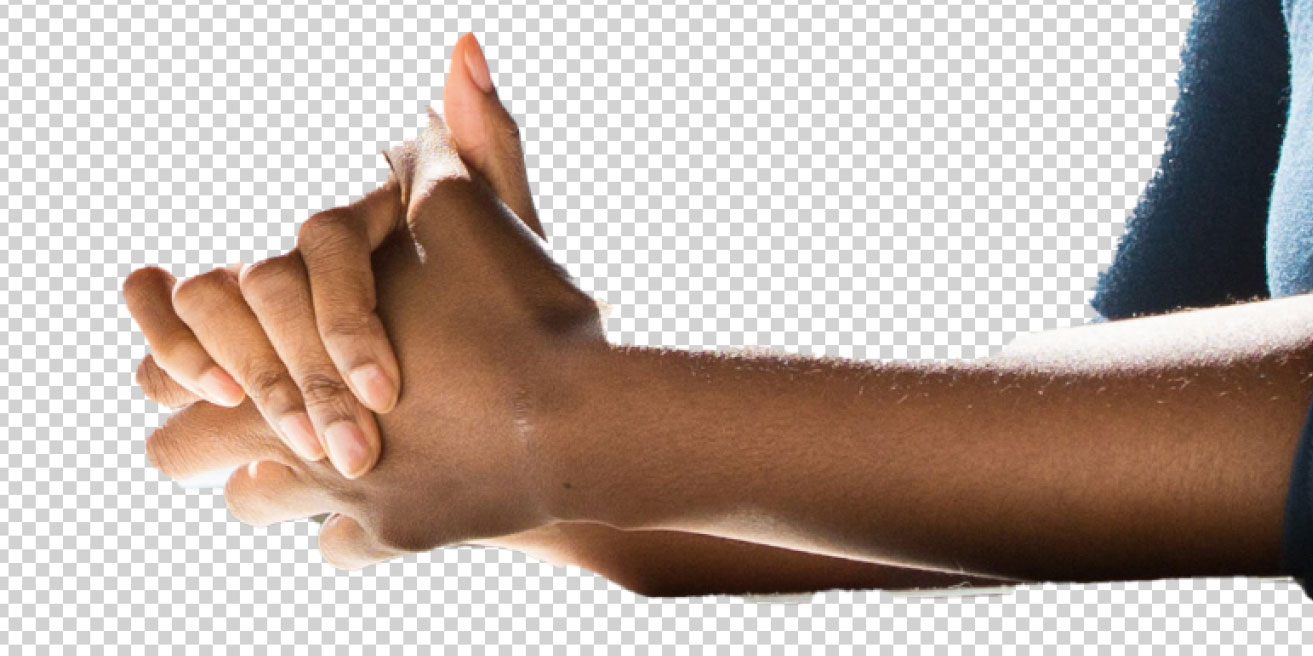
As you can see... it struggled a bit, probably because the colour of the women's arms wasn't distinct enough from the background. Although it was far from perfect, it did successfully cut out some of the image, like the hair of the woman on the right which would have taken far longer to do manually.
Let's give Photoshop beta's Generative Fill tool a try. Something that is often needed is adding on background so an image can fill a space in a design.
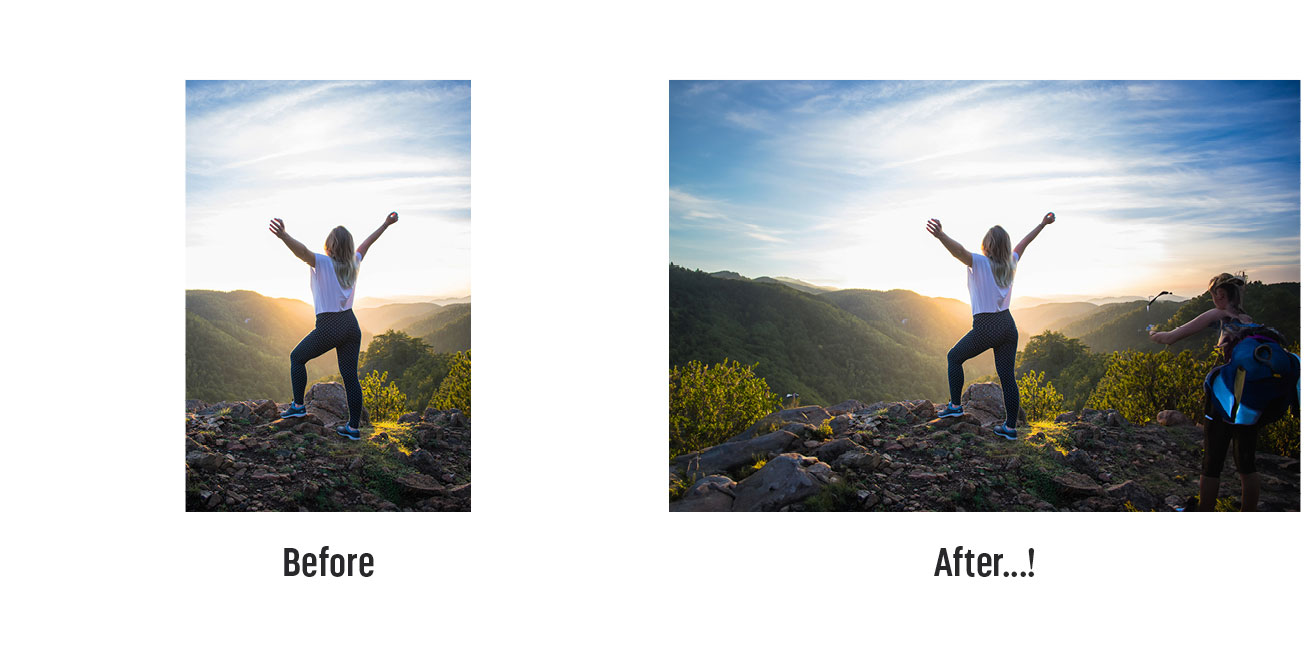
Why is there an extra woman in there on the right? Why is she so disjointed and chopped up? I didn't ask for it to add an extra person in!
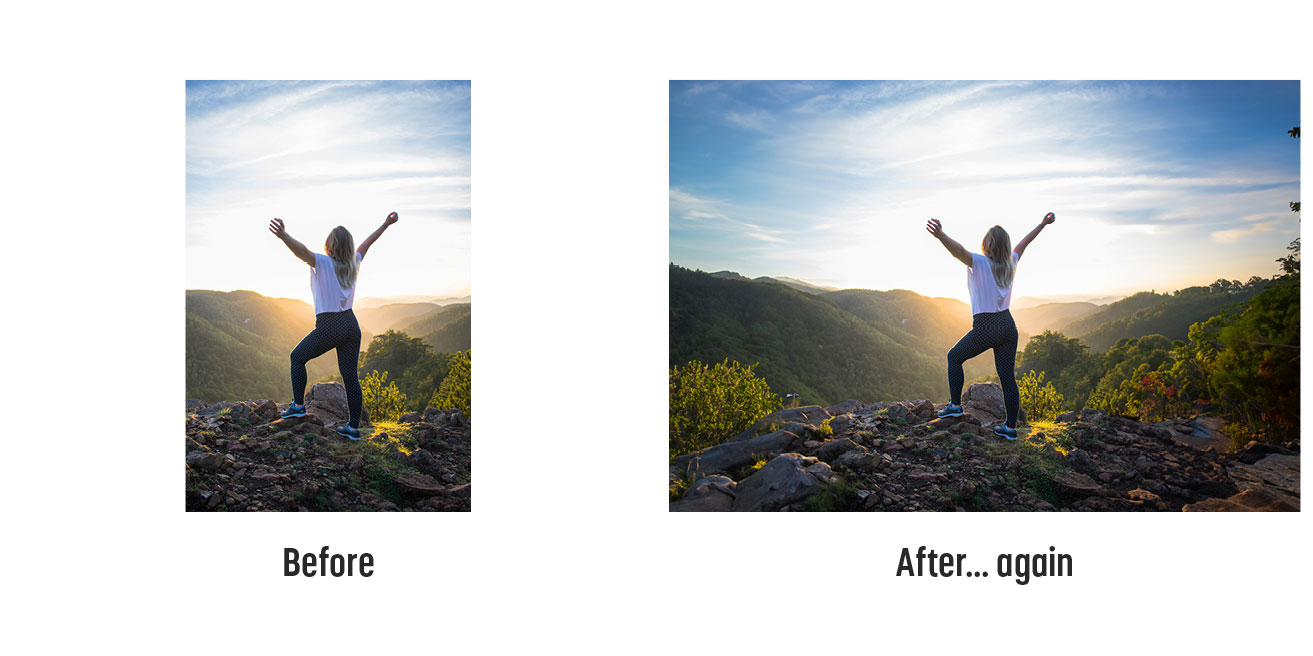
There's a red patch to the right that looks a little odd but a bit healing and/or clone tool should clear that up.

As you can see, for this image the results are astounding – but it took a couple of goes. In just a few seconds, something that would have taken a human with a very high level of skill hours, was completed to a professional level.
Let's see what else it can do. Let's add a bird to the sky. You simply select an area with the marquee tool and add a prompt to the Properties palette, under Generative Fill. Then Photoshop gives you three options so you can choose the best one.
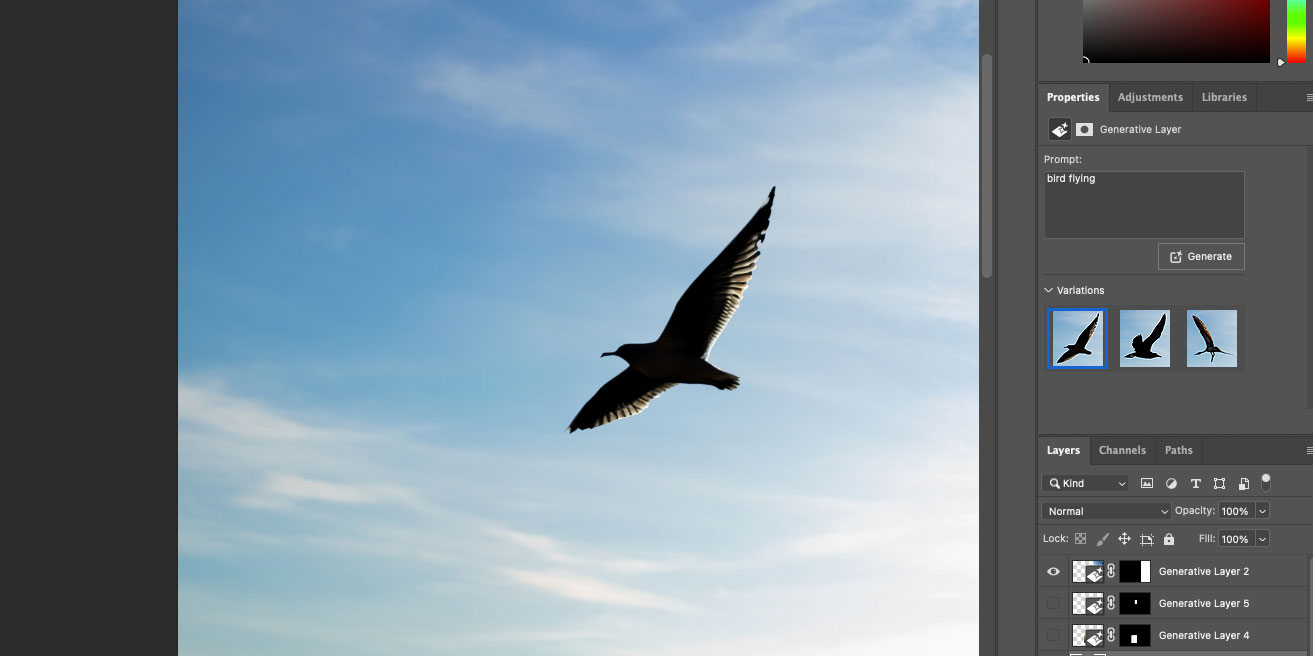
All three of these options look great. There's slight flaw with this bird, in that the wing hasn't been correctly cut out. However, adding the end of a couple of feathers shouldn't be too tricky to do by hand using the clone and/or healing tools, especially as this bird is small and doesn't show a lot of detail.
These all look good. What about something more difficult? Let's change her leggings, let's make them plain.
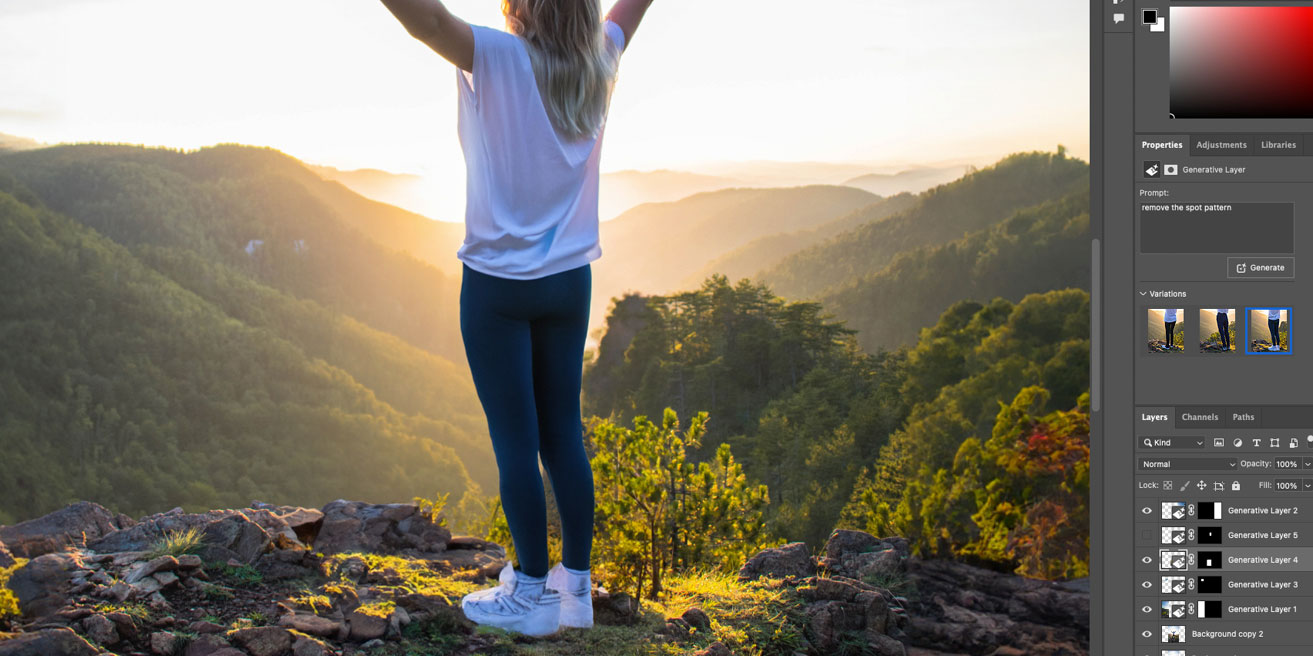
Ermm... what's happened to her legs? I didn't want new legs, just different leggings! What is going on with her shoes?! None of these are really the right result! Let's make her hair purple – will that work?
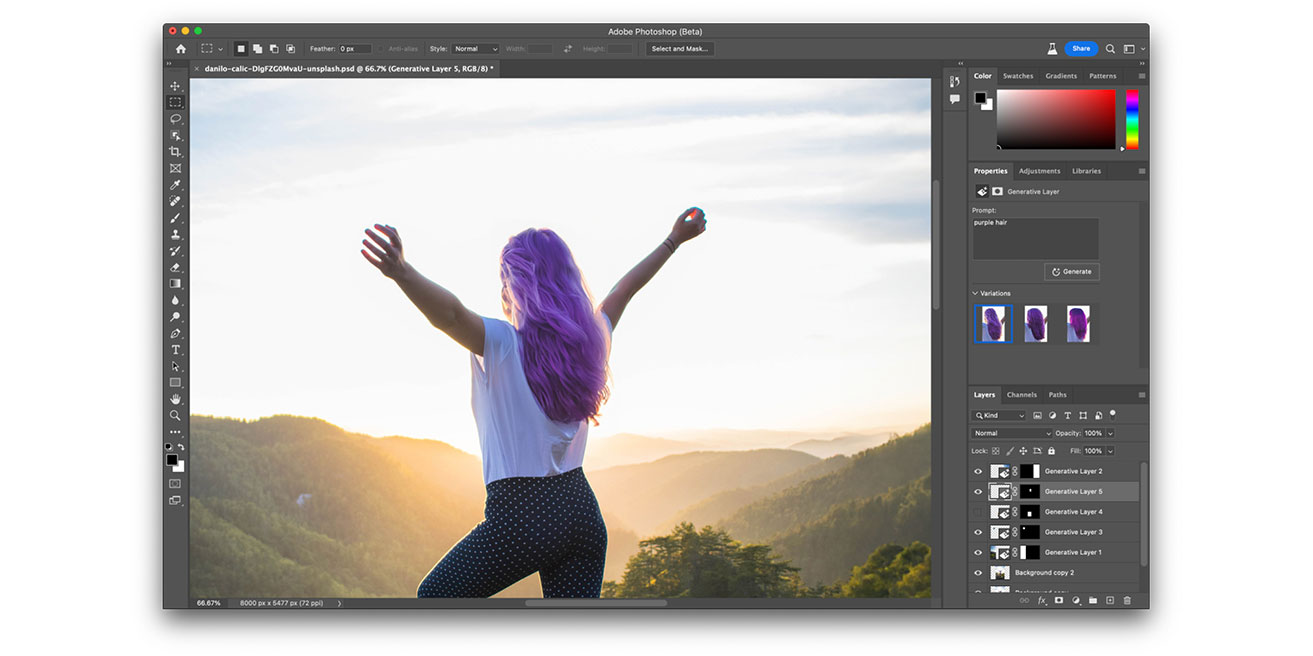
These are all decent, actually! All three options look realisitic.
That's just a few of quick experiments to give you an idea of where the tech is currently. Did AI do a perfect job? No. Was it useful and did it speed up the process? Yes, depending on what I wanted it to do. We're already using AI to do some of the more menial jobs like this at Studio Bifrost but very much in a supporting role. It still needs a human to direct the AI through prompts and to quality-check the results.

Can AI be creative?
While AI can be great for speeding up some tasks, does it have the nuances and subjective intuition that human designers bring to the table? Let's explore the capabilities of an online logo generator. Let's see what AI would design as the logo for Studio Bifrost.
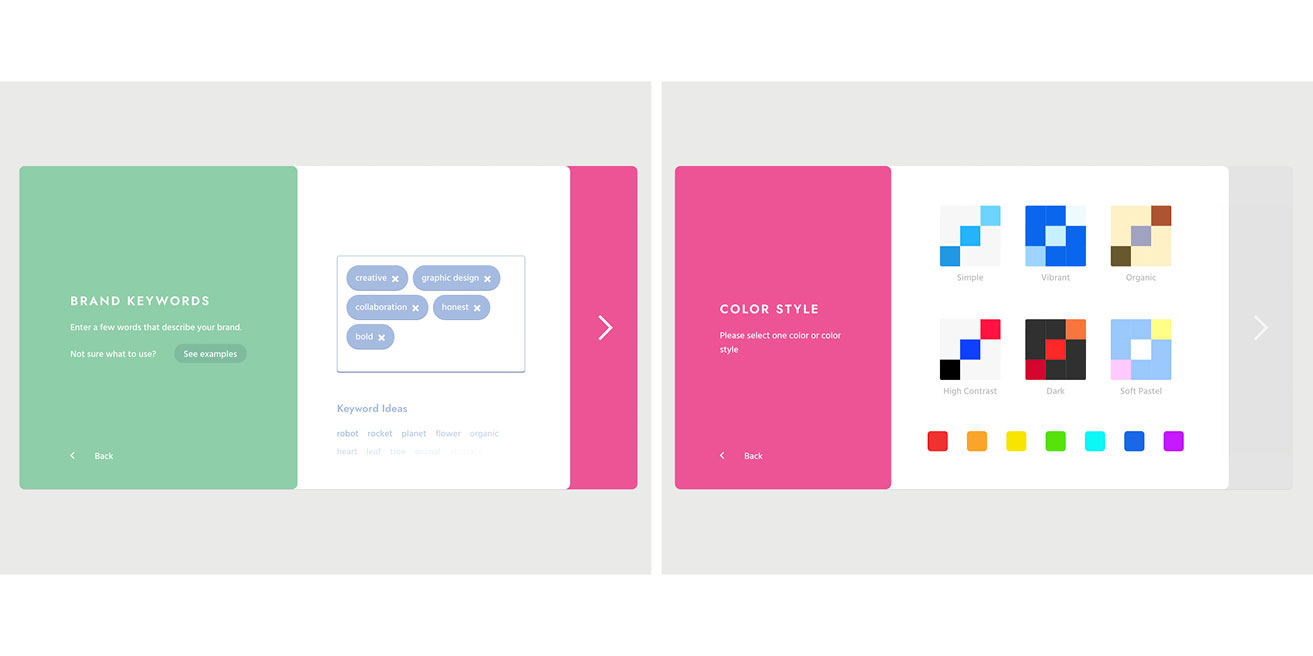
The first thing that has raised concern here is that there's no strategy involved here at all, bar adding a few words to describe your values. Then it asks for your colour preferences – which surely is based on the user's preferences, not what their target audience would respond to. I chose bold colours as that's closest to our current branding and it suits our brand values.
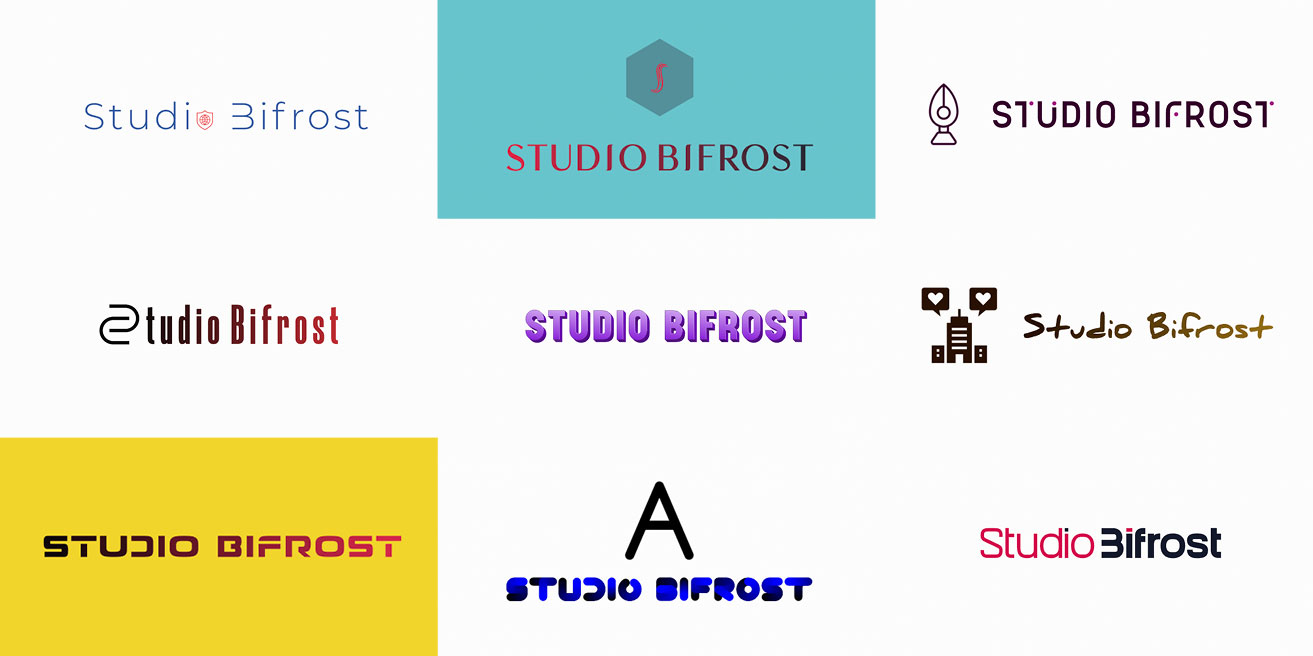
I don't think I can facepalm at these any harder. Top middle is probably the least bad but it doesn't look like it's got anything to do with a graphic design and branding company. I have no idea what is going on in middle right. No, I have no idea why it's made a very large A as the icon for middle bottom. The worst has got to be the centre option. It looks like something someone made in Word in 1999! Oh dear!!
As you can see, the results are very generic and vary in quality from sort of OK aesthetically to utterly appalling. I've run additional experiments with different prompts to describe the company. It's clear AI doesn't understand the meaning of words in this generator and is not able to discern which is most important. For example, if you have a company name beginning with “The”, the AI is likely to make “The” the largest and most important word!
Design is not solely about aesthetics; it is about storytelling, emotion, and understanding the human experience. These aspects of design require the human touch—the ability to infuse personality, to understand the target audience and to create something original, not derivative. I suspect there is capability to increase the number of inputs into a logo generator, so it could potentially create designs aimed at the target audience but the results are still going to be based on what has already been created and available online so are likely to lack the creative flair of a human.

AI: friend of foe?
Currently, is no AI substitute for creativity, strategy and consultancy so human graphic designers as a whole should feel reassured by that. AI generated logos may be adequate for businesses with little budget, such as start ups so designers who sell very low priced designs on places like Fiverr may find their client base decreases or disappears.
AI is, however, a very useful tool for speeding up some menial jobs like image manipulation. It often can't complete the whole task to a high standard and requires a human to know how to use the tool and know what prompts to put in.
It's also useful for non-design related tasks such as writing text. This blog was started off in ChatGPT! In just the same way AI can cut down the time to work on a task in Photoshop but not complete it, I used ChatGPT to write a blog a couple of different ways, then took some bits I liked, edited them and wrote the rest. It can't write in my style (even when I reference this website) and doesn't know my opinions. And let's face it, would we even want AI to know our opinions and hold that much knowledge?
A partnership made in heaven?
Feeling inspired? We'd love to help! We are a team of collaborators that enjoy nothing more than partnering with ambitious clients. Get in touch if you'd like to talk through your next project or get some advice.



